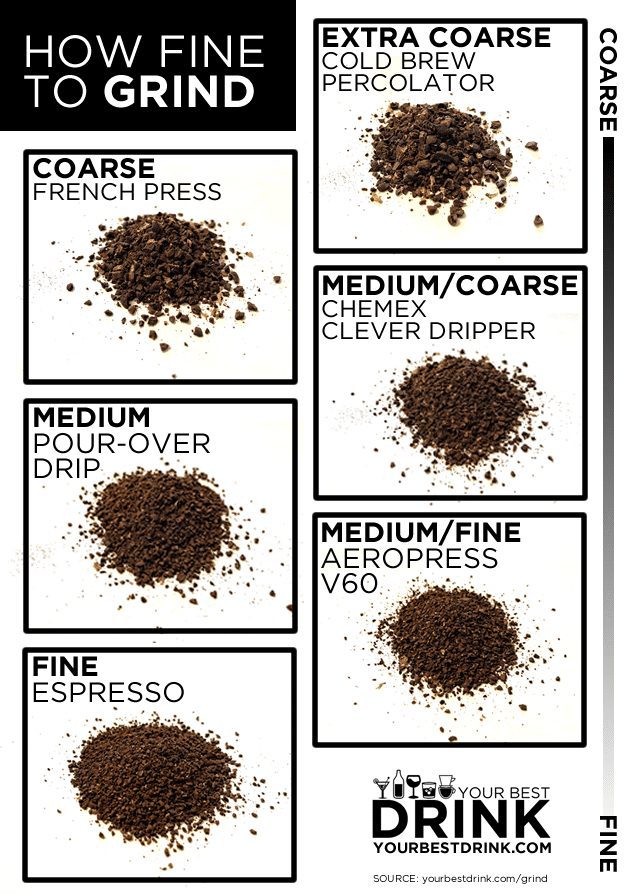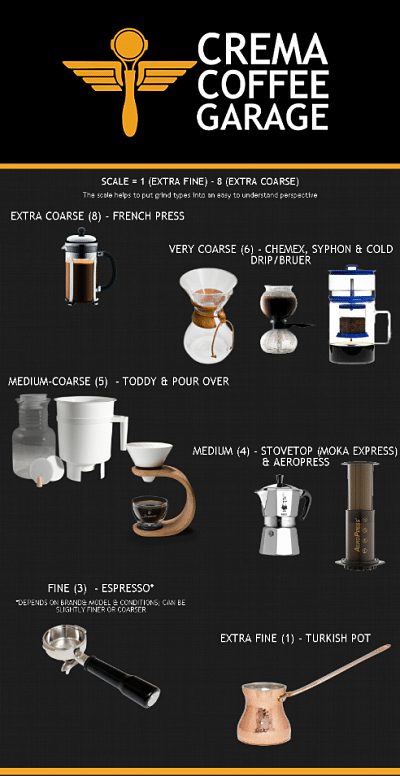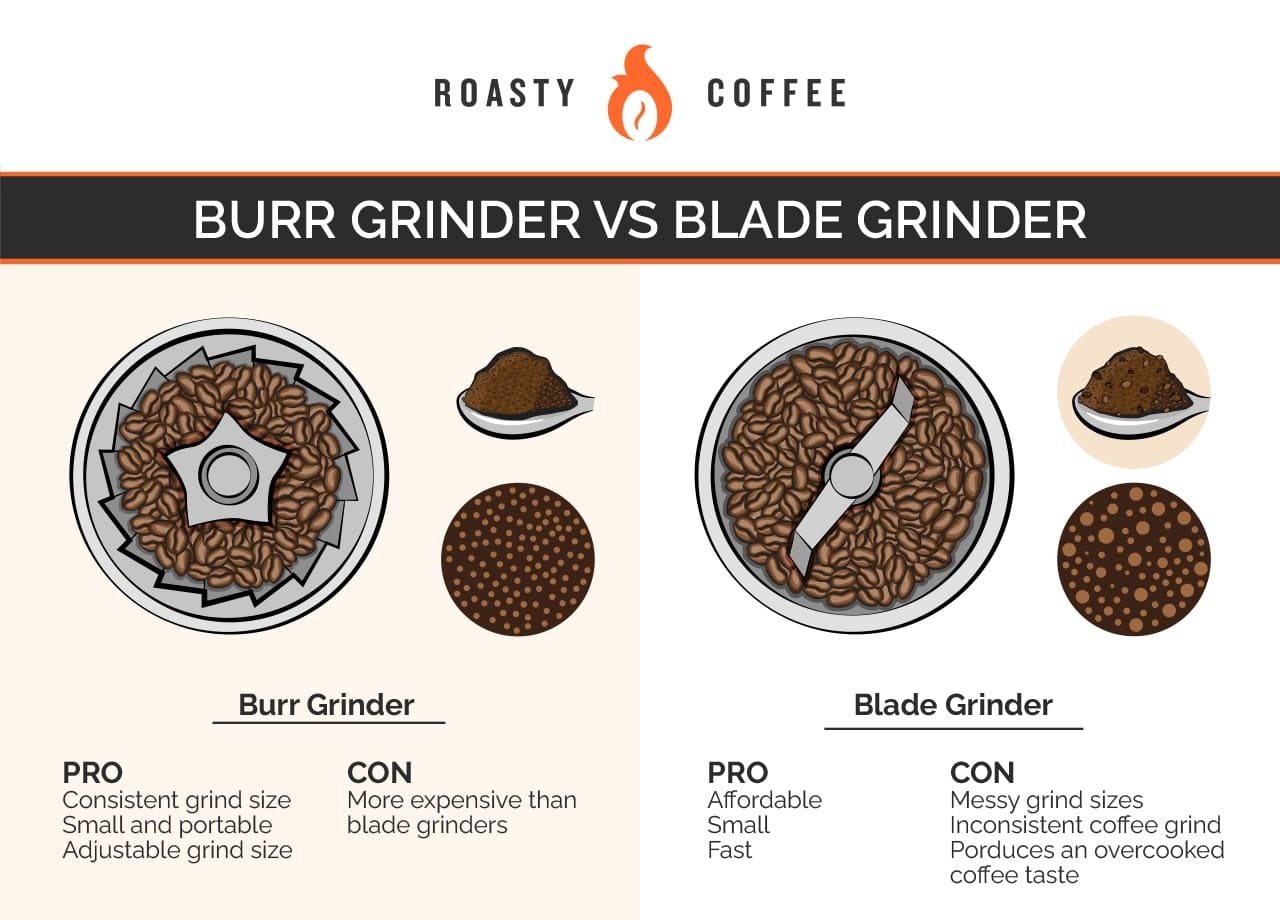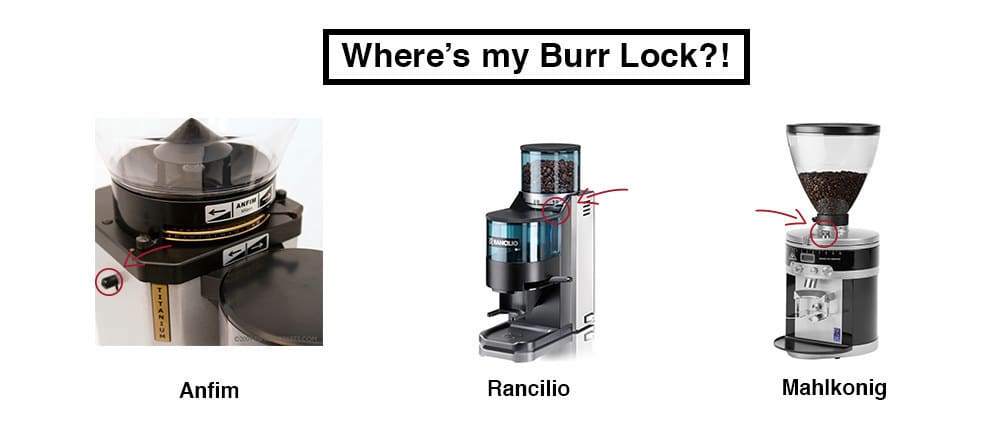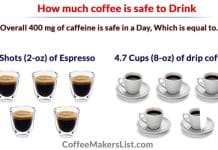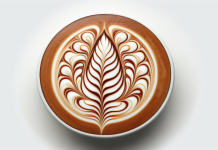Imagine waking up in the morning to the delightful aroma of freshly brewed coffee. The secret behind that perfect cup lies in the grind size of the coffee beans.
But how exactly do you achieve the ideal grind size? In this article, we will guide you through using a coffee grinder to get that perfect grind.
From coarse to fine, we will help you unlock the true potential of your coffee beans, ensuring a rich and flavorful experience every time.
Coffee Grinder Basics
Coffee grinders are essential for any coffee lover who wants to enjoy the freshest and most flavorful cup of coffee. Understanding the basics of coffee grinders can help us achieve the perfect grind size, which is crucial for extracting the optimal flavors from our coffee beans. In this article, we will explore the purpose of a coffee grinder and the different types available in the market.
Understanding the Purpose of a Coffee Grinder
The primary purpose of a coffee grinder is to break down whole coffee beans into smaller particles, known as coffee grounds. By doing so, we increase the surface area of the coffee grounds, allowing for better extraction during the brewing process. This leads to a more flavorful and aromatic cup of coffee.
Different Types of Coffee Grinders
There are two main types of coffee grinders: blade grinders and burr grinders. Blade grinders are more affordable and typically have a spinning blade that chops the coffee beans. However, they tend to produce inconsistent grind sizes, which can negatively impact the flavor of the coffee.
On the other hand, burr grinders offer a more precise and consistent grind. They use two revolving abrasive surfaces, known as burrs, to crush the coffee beans. Burr grinders can be divided into two subcategories: conical burr grinders and flat burr grinders. Conical burr grinders are known for their versatility, while flat burr grinders provide a consistent grind.
Factors Affecting Grind Size
To achieve the perfect grind size, we need to consider several factors that can significantly influence the final result. These factors include the roast level of the coffee beans, the brewing method, and personal preference.
Roast Level of Coffee Beans
The roast level of coffee beans affects their density and moisture content, which, in turn, influences the grind size. Lighter roasts tend to be denser and require a longer grinding time to achieve the desired consistency. On the other hand, darker roasts are usually less dense and can be ground more quickly.
Brewing Method
Different brewing methods, such as espresso, drip coffee, French press, or pour-over, require specific grind sizes to optimize extraction. For instance, espresso requires a fine grind to achieve the proper extraction quickly, while a French press requires a coarser grind to prevent over-extraction and sediment in the final cup.
Personal Preference
Finally, personal preference plays a significant role in determining the grind size. Some people prefer a finer grind for a more robust and bolder flavor, while others opt for a coarser grind to highlight the nuanced flavors of the coffee. Experimentation and tasting different grind sizes can help us find the perfect balance according to our taste preferences.
Setting up the Coffee Grinder
To consistently achieve the desired grind size, we must properly set up our coffee grinder. This involves cleaning the grinder, adjusting the grind size, and calibrating the grinder if necessary.
Step 1: Clean the Grinder
Before using the coffee grinder, it is essential to clean any leftover coffee grounds or oils that may affect the flavor of our freshly ground coffee. We can achieve this by using a brush or a clean cloth to remove any residue from the hopper and the burrs. Regular cleaning will also help prolong the lifespan of our grinder.
Step 2: Adjusting the Grind Size
Most coffee grinders have a dial or a knob that allows us to adjust the grind size. Depending on the type of grinder, we might have a wide range of options to choose from. As a general rule of thumb, turning the dial towards the finer setting will result in a finer grind, while turning it towards the coarser setting will produce a coarser grind. It’s important to note that making minor adjustments and testing the grind size with each change will help us achieve the perfect consistency.
Step 3: Calibrating the Grinder
Sometimes, our coffee grinder might not be calibrated appropriately, resulting in inconsistent grind sizes. We must consult the manufacturer’s instructions or seek professional assistance calibrating the grinder. By calibrating the grinder, we ensure it grinds the beans consistently, leading to a better brewing experience.
Grind Size Recommendations
Now that we understand the basics of coffee grinders and have set up our grinder let’s explore the recommended grind sizes for various brewing methods.
Extra Coarse Grind
An extra coarse grind is similar to the texture of coarse sea salt. This grind is best suited for cold brew coffee or specific espresso machines requiring a very long brewing time. The extra coarse grind allows for a slower extraction, resulting in a smoother and less acidic cup of coffee.
Coarse Grind
A coarse grind has a texture similar to rough sand. This grind size is commonly used for French press brewing or brewing methods that require a longer contact time between water and coffee grounds. The coarse grind prevents over-extraction and produces a robust and full-bodied cup of coffee.
Medium-Coarse Grind
A medium-coarse grind has a texture similar to regular sand. This grind size is ideal for pour-over brewing methods such as Chemex or Hario V60. The medium-coarse grind balances extraction and clarity, producing a clean and flavorful cup of coffee.
Medium Grind
A medium grind has a texture similar to granulated sugar. This grind size is commonly used for drip coffee machines or pour-over brewers like the Kalita Wave. The medium grind allows for a well-balanced extraction and produces a smooth and satisfying cup of coffee.
Medium-Fine Grind
A medium-fine grind has a texture similar to table salt. This grind size suits pour-over brewing methods like the Aeropress or the Clever Dripper. The medium-fine grind offers a faster extraction rate and brings out the bright and acidic flavors of the coffee.
Fine Grind
A fine grind has a texture similar to powdered sugar. This grind size is typically used for espresso machines or Moka pots. The fine grind allows for a quick extraction, resulting in a concentrated and intense flavor profile.
Extra Fine Grind
An extra fine grind has a texture similar to flour. This fine grind is predominantly used for Turkish coffee, where a prolonged brewing process and an excellent grind are essential for a solid and robust cup of coffee.
Troubleshooting Common Grinder Issues
While coffee grinders are generally reliable, a few common issues may arise. Understanding these issues can help us troubleshoot and resolve problems affecting our coffee’s quality.
Inconsistent Grind Size
If our coffee grinder produces inconsistent grind sizes, it may be due to dull burrs or a misalignment of the burrs. Regularly cleaning and replacing the burrs as needed will help maintain grind consistency. If misalignment is the issue, consulting the manufacturer’s instructions or seeking professional assistance is recommended.
Uneven Extraction
If we notice that our coffee tastes uneven or lacks flavor, it may be due to an uneven extraction caused by an improper grind size. Adjusting the grind size to a coarser or finer setting can resolve the issue. Ensuring the coffee grounds are evenly distributed in the brewing device and following the recommended technique can improve extraction consistency.
Acidity or Bitterness Issues
If our coffee tastes overly acidic or bitter, it may result from the incorrect grind size or brewing method. In the case of acidity, trying a coarser grind size or adjusting the brewing time can help reduce the acidity. A finer grind size or adjusting the brewing temperature might solve the bitterness issue. Experimenting with different variables is crucial in finding the right balance for our taste preferences.
Storing and Maintaining Coffee Grinders
Proper care and maintenance are essential to maintain the performance and lifespan of our coffee grinders. These practices include cleaning the grinder regularly, storing coffee beans properly, and replacing grinder burrs when necessary.
Cleaning the Grinder Regularly
Regular cleaning removes any accumulated coffee oils and residue that can affect the flavor of our coffee. Following the manufacturer’s instructions, we can periodically disassemble the grinder, clean the burrs with a brush, and wipe away any excess coffee grounds and oil. Ensuring the grinder thoroughly dries before reassembly is crucial to prevent mold or mildew growth.
Proper Storage of Coffee Beans
To preserve the freshness and flavor of our coffee beans, it is essential to store them correctly. Airtight containers kept in a cool, dark, and dry place are ideal for maintaining the quality of the beans. It is recommended to grind the coffee beans immediately before brewing to ensure the freshest cup of coffee.
Replacing Grinder Burrs
Over time, the burrs of our coffee grinder may become worn out or dulled, resulting in inconsistent grind sizes. Periodically inspecting the burrs and replacing them as needed will help restore the grinder’s performance and ensure consistent grind quality. Consult the manufacturer’s instructions or seek professional assistance to replace the burrs safely.
Alternative Methods for Grinding Coffee
Apart from electric coffee grinders, alternative methods are available for grinding coffee. These methods offer different experiences and are popular among coffee enthusiasts.
Blade Grinder
Blade grinders, although not as precise as burr grinders, are popular due to their affordability and convenience. They use a spinning blade to chop the coffee beans, resulting in a less consistent grind. Despite the limitations, blade grinders can still achieve acceptable results for everyday coffee brewing.
Manual Grinder
Manual grinders, also known as hand grinders, provide a more hands-on and portable coffee grinding experience. These grinders require manual effort to grind the coffee beans and are often preferred by travelers or those who appreciate the process of hand grinding. Manual grinders can produce consistent grind sizes and are available in various styles and materials.
Grinder Recommendations
Choosing the right coffee grinder can significantly impact the quality of our brewed coffee. Here are some recommendations for budget-friendly options and premium-quality grinders.
Budget-Friendly Options
For those on a budget, several reliable coffee grinders are available at an affordable price. The Hario Skerton Ceramic Coffee Mill and the Baratza Encore Conical Burr Grinder are excellent choices for entry-level grinders. These grinders offer consistent grind sizes and are suitable for various brewing methods.
Premium Quality Grinders
For coffee enthusiasts willing to invest in a higher-end grinder, premium options deliver exceptional performance. The Baratza Virtuoso+ Conical Burr Grinder and the Breville Smart Grinder Pro are highly regarded for their precision, durability, and versatility. These grinders provide a wide range of grind size options and are suitable for both beginners and experienced coffee aficionados.
Conclusion
A coffee grinder is an essential tool for unlocking the full potential of our coffee beans.
By understanding the purpose of a coffee grinder, considering factors that affect grind size, and following proper setup and maintenance procedures, we can consistently achieve the desired grind size for our preferred brewing method.
Whether using a blade grinder or investing in a high-quality burr grinder, the key is to experiment and find the perfect grind size that suits our taste preferences.
With the right grind size, we can confidently brew a flavorful and aromatic cup of coffee every time.


